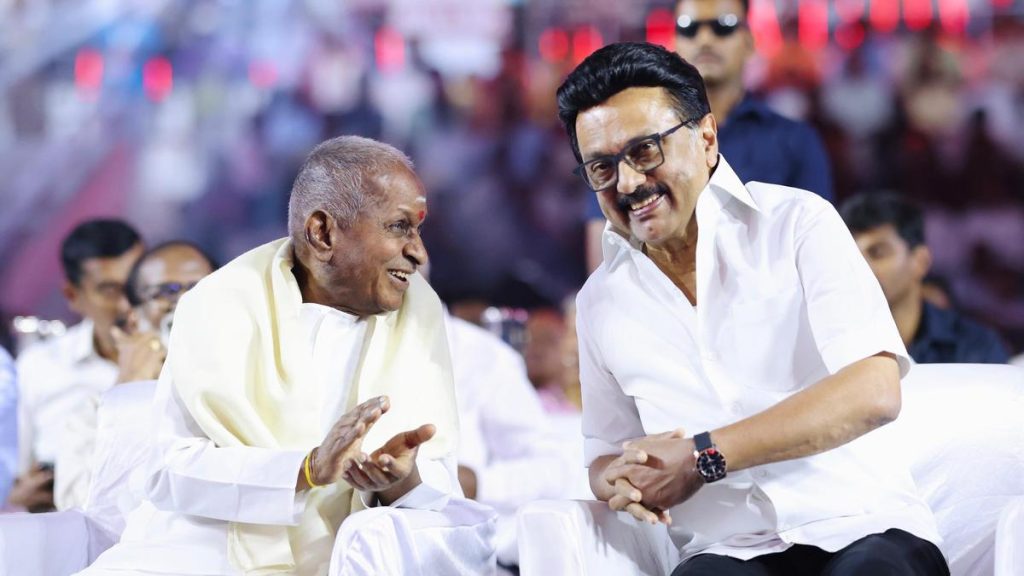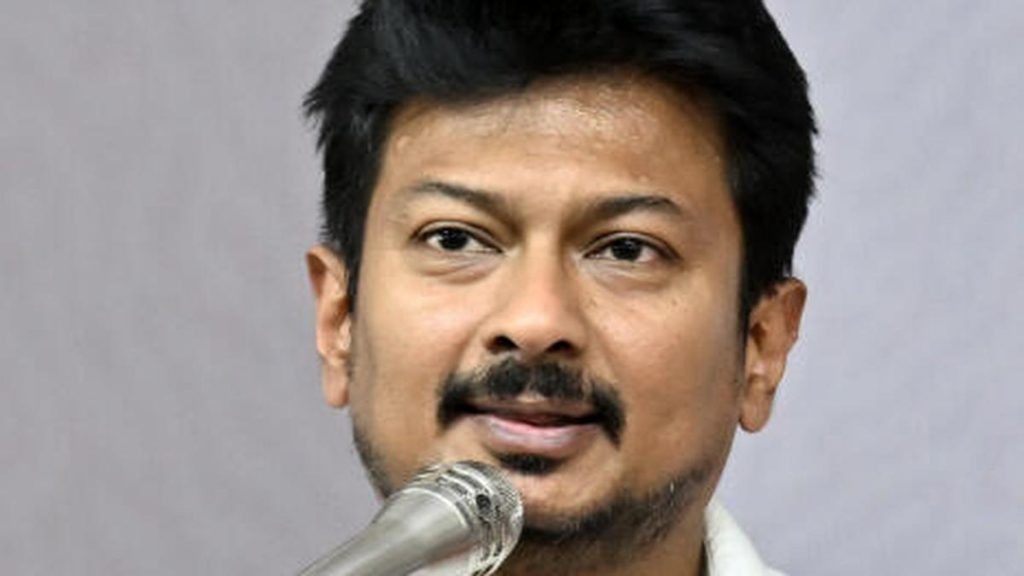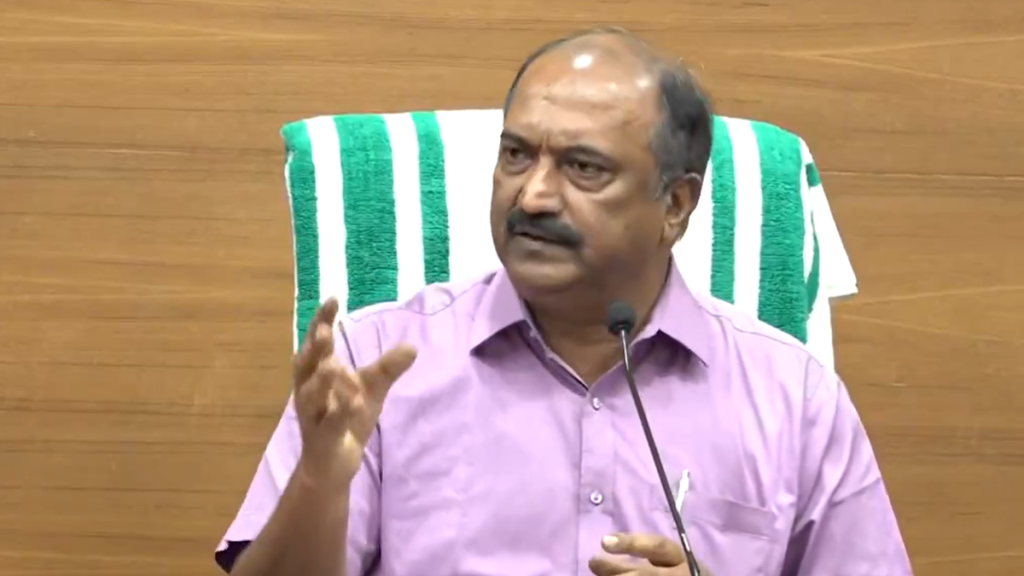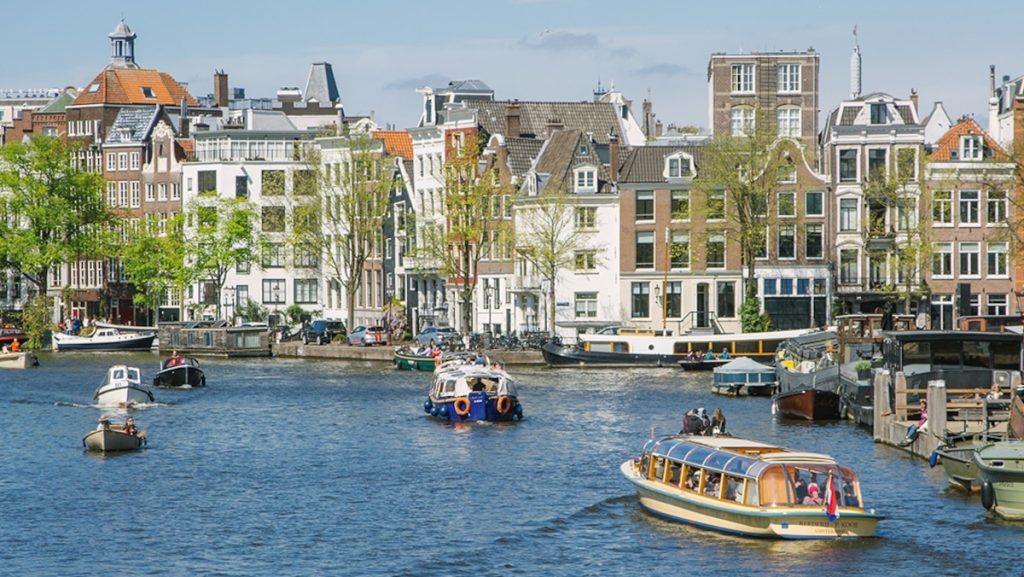Now Reading: India Develops Anti-Assassination Drone Technology
-
01
India Develops Anti-Assassination Drone Technology
India Develops Anti-Assassination Drone Technology
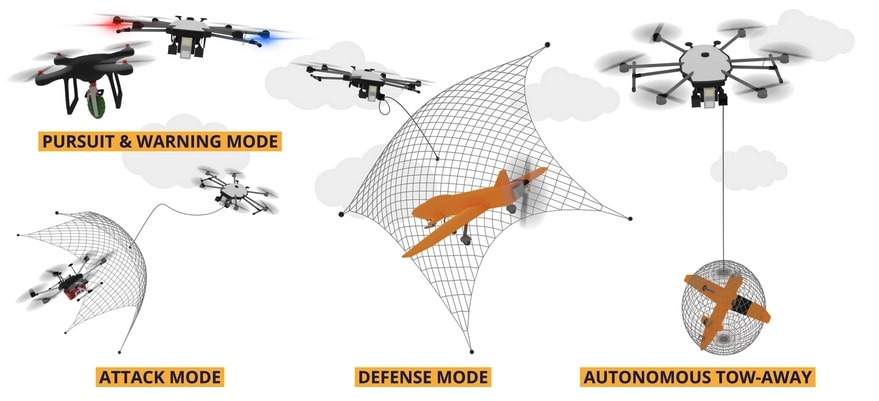
Swift Summary
- Drone Deployment for Security: Advanced drone fleets are proposed to enhance urban safety,prevent assassinations,and support regular policing while maintaining societal and institutional checks.
- Crime Reduction in Washington DC: Teh National Guard’s 72% increase in security personnel resulted in significant crime reductions during a declared emergency in 2025. Violent crime dropped by 15-50%, carjacking declined by up to 88%, with targeted deployments to high-crime areas contributing to deterrence.
- US Spending on policing and National Guard:
– Total law enforcement spending (federal, state, local) estimated at $250 billion annually.
– Federal (~$60 billion): Includes ~$21.2 billion for core law enforcement, $3.7 billion for grants.
– State/local (~$190 billion): Covers salaries, patrols; rising budget due to new demands like body cams and cyber units.
– National guard budget (~$25 billion), supporting ~432,700 personnel across domestic/overseas roles.
- Emerging Threats & Budgetary Shifts:
– Rising violent crime and threats such as drone-based terrorism require modernized defenses beyond traditional ground patrols.
– Proposals include deploying advanced systems like Fortem DroneHunters & Anduril AI-enabled drones with citywide surveillance networks enabled by satellite monitoring (SpaceX Starshield).
- Potential Change Scenarios:
– Moderate shift allocates ~$55B yearly toward automation/surveillance-tools deployment using affordable drones integrated with AI systems like Anduril’s Lattice detecting behavior or thermal anomalies.
– Comprehensive restructuring allocates ~$137.5B annually enabling fully autonomous city-wide surveillance via thousands of drones coupled with edge-computing real-time threat alerts.
Images provided document drone prototypes and design schematics showcasing advancements.
Indian Opinion Analysis
India can observe the US example regarding integrating emerging technologies like drones into urban security frameworks while balancing public oversight concerns over privacy or excessive force use. The statistical success seen in Washington DC’s crime reduction highlights how targeted resource allocation may act as an effective countermeasure against rising violence levels-but it also emphasizes the need for careful calibration between technology investments versus operational workforce costs.For India-which faces unique challenges including internal terrorism threats and dense cities-the concept of blending AI-enabled drones alongside human supervision raises both opportunities (better scalability at lower costs) and risks that warrant nationwide debates akin to annual referendums suggested here for transparent citizen engagement on policy formation.
The rapid adoption of technology must be matched by India’s institutional capacity-building efforts focusing not just on upfront expenses but enduring implementations adaptable across diverse socioeconomic realities-ensuring safeguards against misuse while prioritizing efficiency gains aimed at enhancing public safety equitably rather than disproportionately targeting vulnerable communities-a reminder crucial globally complex blended ethics-policy forming moments


